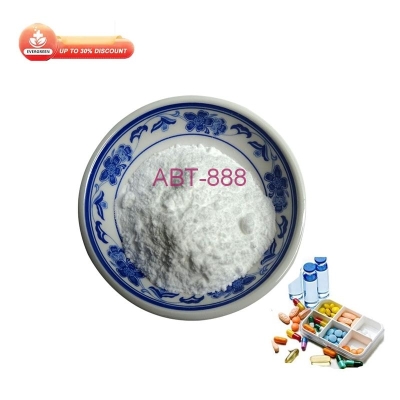Local advanced esophageal cancer: comparison between proton beam therapy and in vitro radiation therapy.
-
Last Update: 2020-07-18
-
Source: Internet
-
Author: User
Search more information of high quality chemicals, good prices and reliable suppliers, visit
www.echemi.com
This article is from the NEJM journal watch proton beam vs. external beam radiation for locally advanced esophageal cancer: a comparative review of proton beam therapy and in vitro radiotherapy by David H. ilson, MD, PhD, proton beam therapy can reduce toxicity without affecting clinical outcomes.radiotherapy and chemotherapy (as preoperative treatment or definitive treatment without surgery) is the standard treatment for esophageal cancer.to determine whether the use of proton beam radiation therapy instead of conventional external radiotherapy can reduce the toxicity of radiotherapy and chemotherapy without affecting the efficacy, a multicenter, randomized, phase 2 trial involving 107 patients with locally advanced esophageal cancer (median age, 67 years) was conducted.the patients received 28 times of radiotherapy with a total dose of 5040 cGy combined with chemotherapy.most patients (55%) received 5-FU, capecitabine combined with Paclitaxel; 22% received carboplatin combined with Paclitaxel; 19% received fluorouracil combined with oxaliplatin.most patients had stage III esophageal cancer (54% - 56%) and adenocarcinoma (87% - 89%).of the 73 patients assigned to receive proton beam therapy, only 46 (63%) actually received proton beam therapy because medical insurance was not reimbursed.most patients (51% - 54%) received definitive treatment without surgery.of the 61 patients who received extracorporeal radiation therapy and 46 patients who received proton beam therapy, 30 and 21 patients underwent surgery, respectively.at a median follow-up of 44.1 months, the 3-year progression free survival (PFS; primary endpoint) was the same (44.5%) and the 3-year overall survival rate was similar (50.8% and 51.2%, respectively).in surgical patients, the pathological complete response rate was similar in the external radiotherapy group and proton beam treatment group (29% and 30%), and the median postoperative hospital stay was similar (8 days).the combined score of 11 adverse events and postoperative complications (common primary end point) was taken as the total toxicity load. The results showed that the total toxicity load of the extracorporeal radiotherapy group was 2.3 times that of the proton beam treatment group.Three Grade 5 adverse events occurred in the extracorporeal radiotherapy group, while no grade 5 adverse events occurred in the proton beam treatment group. This is the first randomized trial to compare the efficacy of extracorporeal radiotherapy and proton beam therapy for esophageal cancer. The results showed that there was no difference in PFS, overall survival rate and complete remission rate between the two therapies.the potential of proton beam therapy to reduce toxicity still needs to be verified by phase 3 controlled trials, one of which is being carried out in the United States (nct03801876). Lin sh et al. Random phase IIB trial of proton beam therapy versus intensity modulated radiation therapy for locally advanced esophageal cancer. J Clin Oncol 2020 May 10; NEJM journal watch is published by NEJM group. Famous international doctors are invited to comment on important papers in medical field to help doctors understand and apply the latest progress."NEJM medical frontier" translated several articles every week, published on app and official website, and 2-3 selected articles were published on wechat.copyright information this article is translated, compiled or invited by the editorial department of NEJM medical frontier.for the translation and writing of articles originated from the English products of NEJM group, the original English version shall prevail. the full text of the Chinese translation and the charts included are exclusively authorized by the NEJM group of the Massachusetts Medical Association. for reprint, please contact nejmqianyan@nejmqianyan.cn 。 unauthorized translation is an infringement, and the copyright owner reserves the right to investigate the legal liability.
This article is an English version of an article which is originally in the Chinese language on echemi.com and is provided for information purposes only.
This website makes no representation or warranty of any kind, either expressed or implied, as to the accuracy, completeness ownership or reliability of
the article or any translations thereof. If you have any concerns or complaints relating to the article, please send an email, providing a detailed
description of the concern or complaint, to
service@echemi.com. A staff member will contact you within 5 working days. Once verified, infringing content
will be removed immediately.







